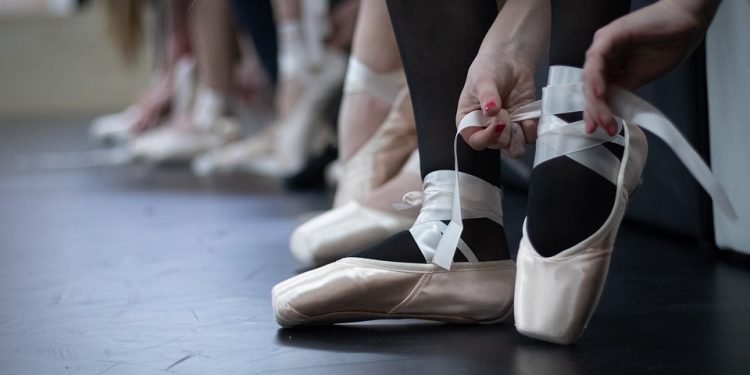Dance has been an integral part of human culture for centuries. It is a form of expression, a way to communicate emotions and stories, and a means of connecting with others. But beyond the physical movements and choreography, there is a deeper psychological aspect to dance that plays a significant role in how it impacts our emotions.
One of the key components of dance that influences our emotions is the relationship between music and movement. Music has the power to evoke strong emotions and feelings within us, and when combined with synchronized movement, it can create a powerful and immersive experience. In fact, studies have shown that music can elicit a range of emotional responses, from joy and excitement to sadness and nostalgia. When dancers move in synchrony with the music, it enhances the emotional impact of the music and creates a more profound emotional experience for both the dancers and the audience.
Furthermore, the physical movement involved in dance also plays a crucial role in affecting our emotions. When we dance, our bodies release endorphins, which are chemicals in the brain that help to reduce stress and trigger positive feelings. Additionally, the act of moving our bodies in a rhythmic and coordinated manner can help to release tension and promote a sense of relaxation and well-being. This is why many people turn to dance as a form of therapy for managing stress, anxiety, and depression.
Moreover, dance also provides a means of self-expression and creativity, allowing individuals to convey their emotions and feelings through movement. This can be a cathartic experience, enabling dancers to release pent-up emotions and express themselves in a way that words cannot. As a result, dance can serve as a powerful tool for emotional catharsis and personal growth.
In addition to its impact on individual emotions, dance also has a powerful effect on group dynamics and social interactions. When people dance together in a group, it fosters a sense of unity and connectedness. The shared experience of moving in synchrony with others creates a sense of belonging and solidarity, which can have a positive impact on mood and emotional well-being.
Overall, the psychology of dance is a complex and multifaceted field that explores the intricate relationship between music, movement, and emotions. Through the integration of music and movement, dance has the power to evoke strong emotional responses, promote physical and emotional well-being, and foster a sense of connection and unity. Whether it’s through a formal performance or a spontaneous dance party with friends, the psychological impact of dance is undeniable, and it continues to be an essential part of human expression and connection.








